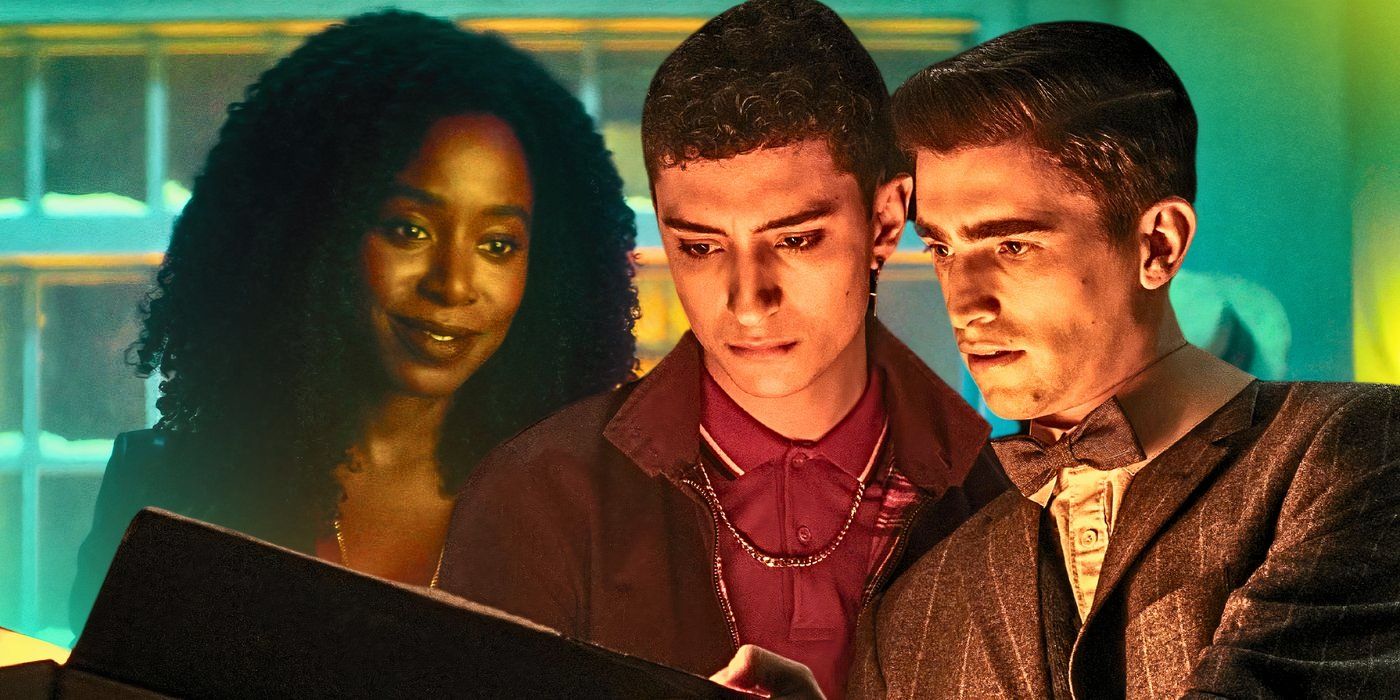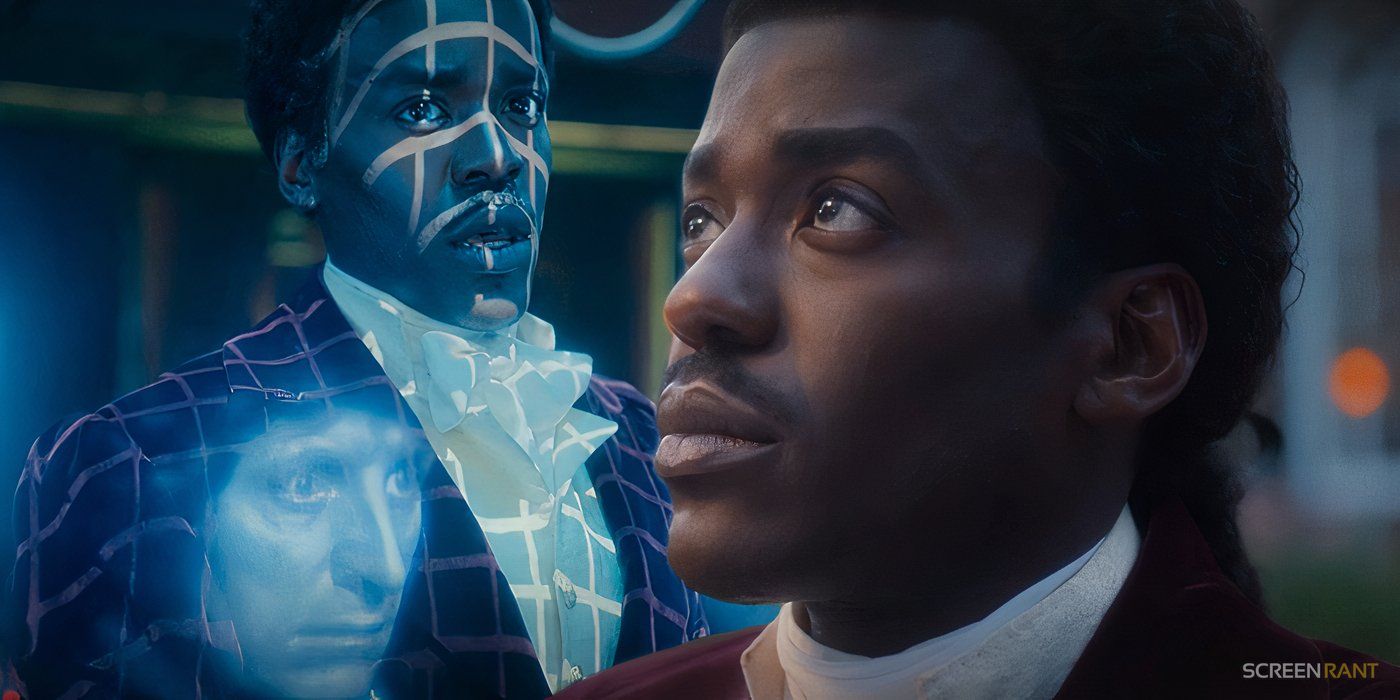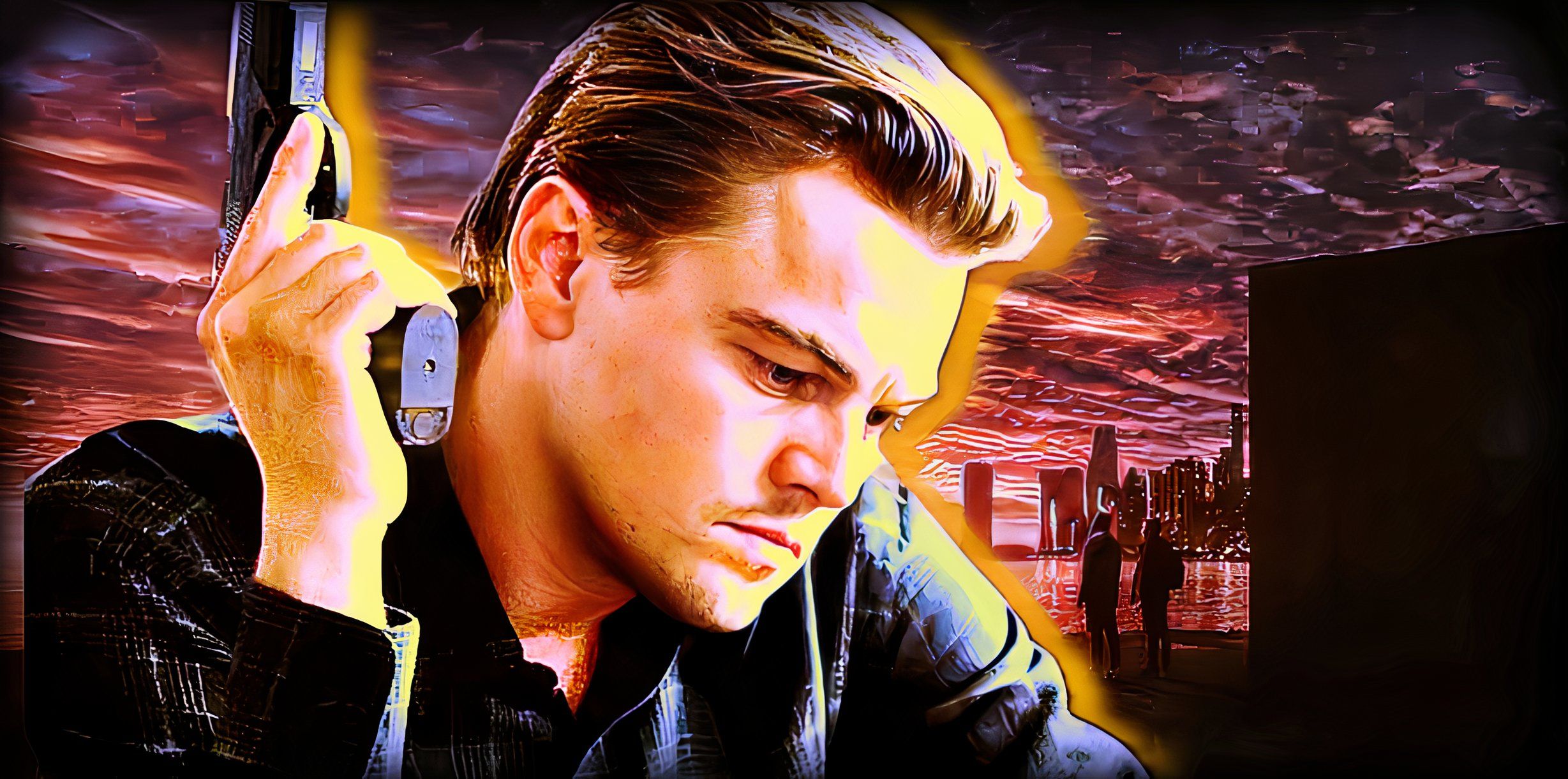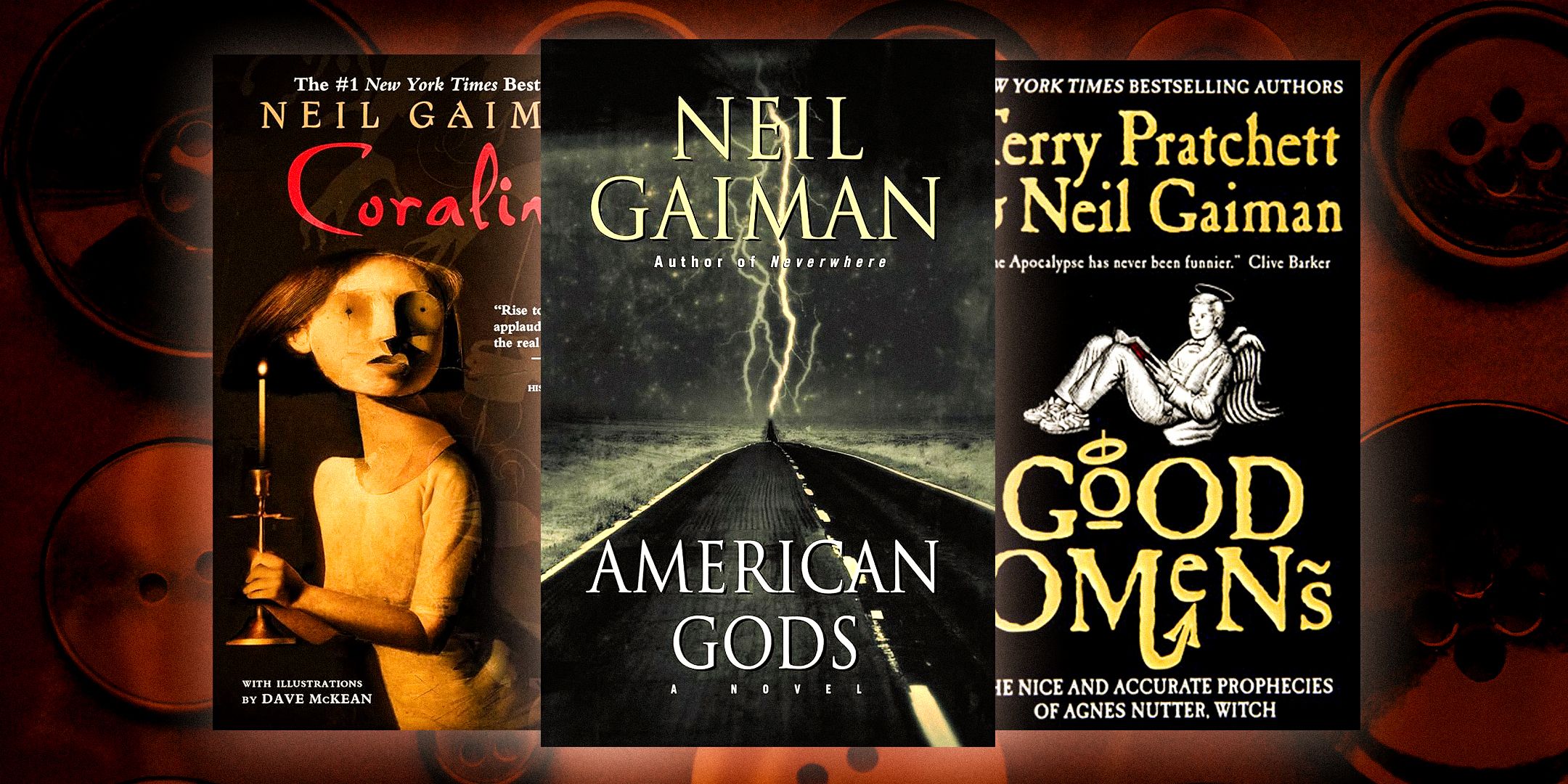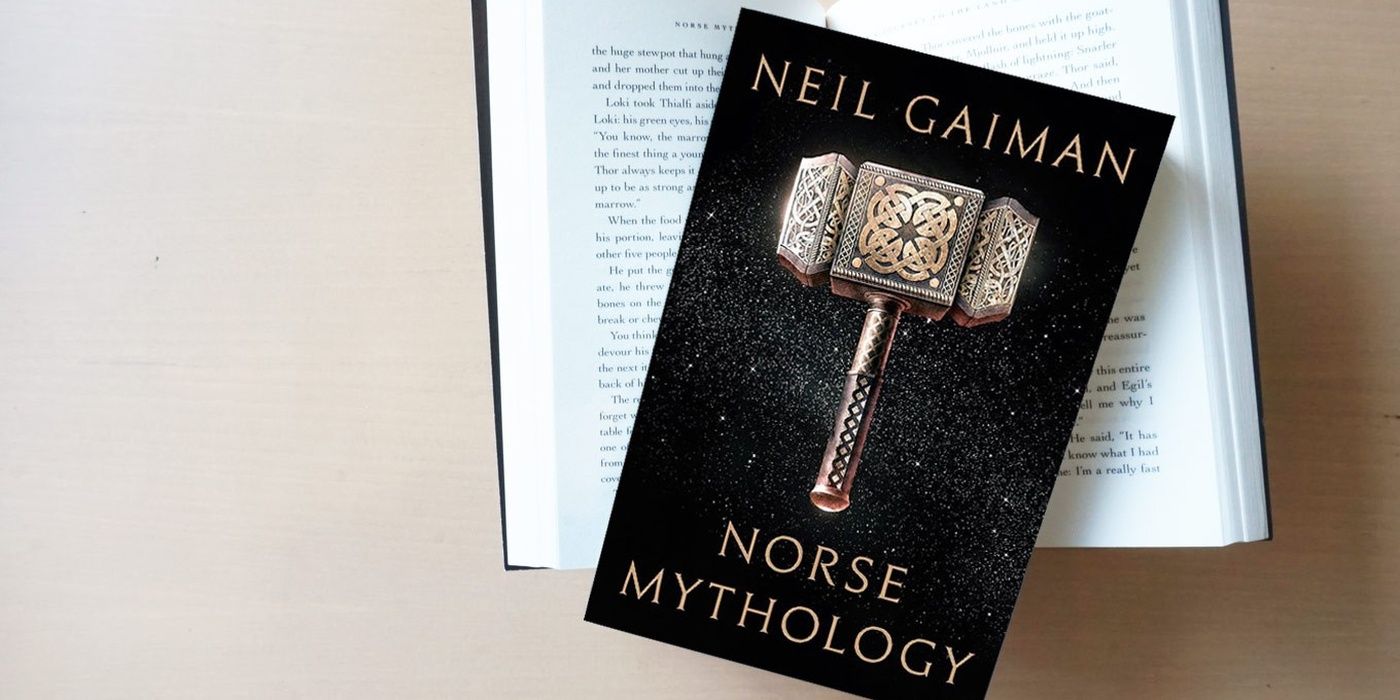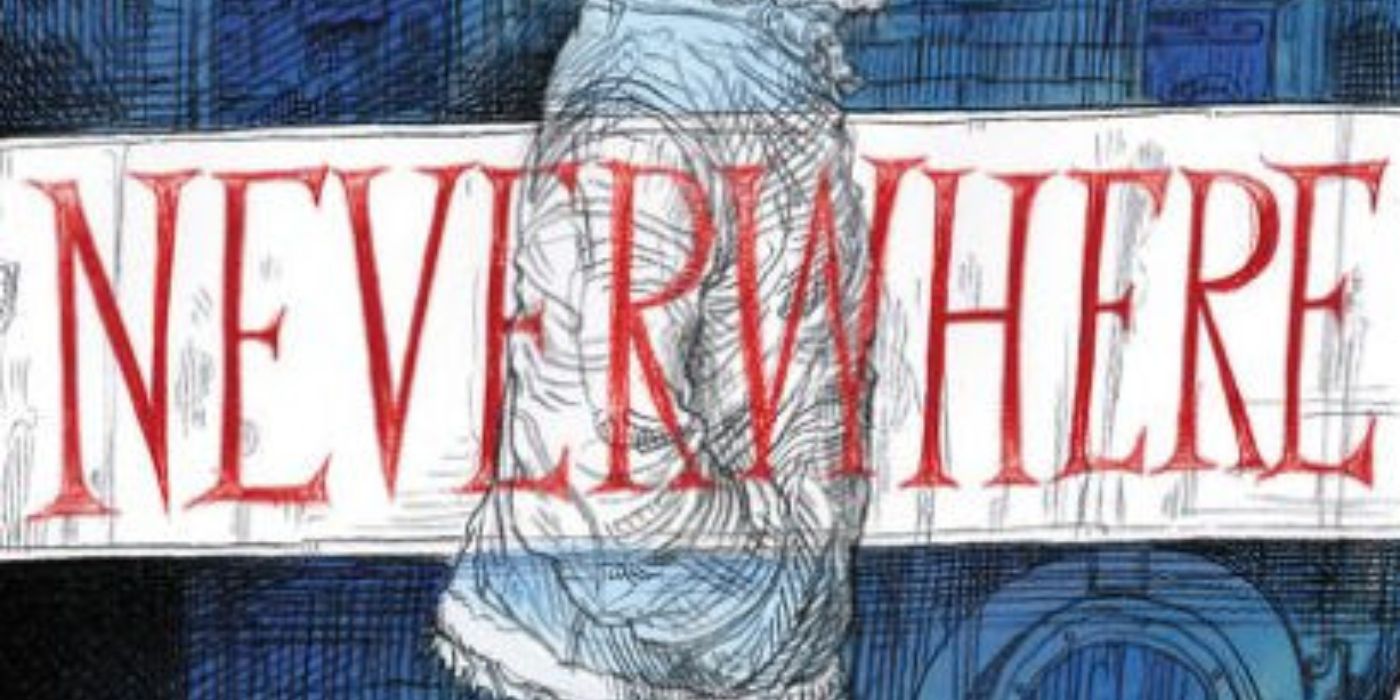Summary
- Norse Mythology weaves together Norse Gods' history with Gaiman's fantasy flair for a unique take on ancient lore.
- Neverwhere, Gaiman's early novel, explores a hidden London society, with a need for a modern screen reboot.
- The Sandman comic series cements Gaiman's talent, proving comics can tackle mature themes brilliantly.
Neil Gaiman has been writing novels, comics, and screenplays for many years and his best books illustrate why he's become such a fixture of the fantasy and horror genres. He has won numerous awards for his work, including the Hugo Award and the Newbury Medal, but he would have gained fame and recognition regardless of these honors. What makes Gaiman a household name is his fantastically realized worlds and fully developed characters that have sparked recognition and empathy in the hearts of readers of all generations.
However, even as he delves further into the world of film and television, writing is clearly Gaiman's passion and where his undeniable talents lie.
Throughout his career, Gaiman's novels have been adapted for the screen, and there’s hope for a Dead Boys Detectives season 2 with crossovers between The Sandman and DC Comics. Gaiman has been heavily involved with most of these projects, penning the scripts for movies and TV shows that take on his work. However, even as he delves further into the world of film and television, writing is clearly Gaiman's passion and where his undeniable talents lie. Though most of his work skirts the edge of the horror and thriller genres, it's in an accessible way that appeals to all readers.
10 Norse Mythology (2017)
A cohesive story that weaves together the history of Norse Gods
Fantasy is Gaiman's domain, and his interest in mythology and the legends of gods has been present throughout all his work. In one of his most recent books, Gaiman took on the vast and far-reaching lore of Norse mythology, characters, and stories he briefly examined in American Gods. However, in Norse Mythology, Gaiman takes the individual myths and legends about the origins of the gods and their past and develops a throughline that seamlessly links the tales while letting each chapter shine individually.
Where another author might take these thrilling stories and turn them into a dry account of the facts, Norse Mythology is Gaiman's love letter to fantasy. Writing this book in the late 2010s was something of a risk on Gaiman's part as Marvel had developed its own worldbuilding with its films about Thor, Loki, and the realm of the gods. However, Norse Mythology distinguishes itself as a unique offering that takes the familiar characters and places them in their rightful position of historical fantasy.
9 Neverwhere (1996)
An early Gaiman work about a hidden society underneath London
Gaiman's aptitude for television was apparent early in his career, as the Neverwhere series and book were written around the same time. They also premiered and were published in quick succession as the book is a companion piece to the miniseries. However, Neverwhere the novel is a much deeper and more expansive version of the story, as that's the biggest pitfall of a screen adaptation. In the story, a young man, Richard Mayhew, falls out of his life in everyday London and finds himself the unwitting resident of London below, a society hidden from the view of typical Londoners.
It received much greater acclaim than the series, which remains relatively unknown compared to the novel.
Neverwhere creates the world of London below brilliantly, painting a clear picture of the people, the settings, and the troubles that Richard faces in his adventure. It received much greater acclaim than the series, which remains relatively unknown compared to the novel. If there is a pitfall in Neverwhere, it's that Richard's characterization is relatively thin, and other than his desire to return to London above, little drives the plot forward. Despite this, Neverwhere shouldn't be overlooked when discussing Gaiman's work, and there's never been a better time for a reboot of the series.
8 Anansi Boys (2005)
The loose sequel to American Gods featuring two new players
Mr. Nancy, AKA Anansi, is one of the most intriguing characters in Gaiman's seminal work, American Gods. In the novel's follow-up, Anansi Boys, the lives of Mr. Nany’s sons are explored. Similarly to American Gods, the book sees the protagonist, Charlie, suddenly flung into the world of ancient gods when he discovers that his father was one of them. In some ways, Anansi Boys is easier to follow than American Gods because it's a more contained story about Charlie trying to fix his life rather than save the entire world.
Though rumors about a screen iteration of Anansi Boys have circled since its publication, none have come to fruition quite yet. Anansi Boys has all the classic elements of a Gaiman book, featuring trickster gods, mistaken identity, and taking the characters all over the world, and to the beginning of time. The book is in the difficult position of being compared to American Gods, but when viewed as a separate entity, its merit is obvious. Through humor and the reliability of family strife, it carves out a place in Gaiman's best work.
7 Stardust (1999)
A uniquely Gaiman take on classic British fantasy
Stardust demonstrates Gaiman's ability to push fantasy and fairytales into the modern era by taking their classic features like fairies, kingdoms, and magic, and making them just as relevant to the human world.
The 2007 film version, Stardust, is a decently faithful reworking of the novel, but for those who have read Stardust, there's even more trademark Gaiman darkness and melancholia. Stardust demonstrates Gaiman's ability to push fantasy and fairytales into the modern era by taking their classic features like fairies, kingdoms, and magic, and making them just as relevant to the human world. In Stardust, Gaiman recognizes that the true legacy of fairytales is one of darkness, greed, and selfishness. However, that doesn't mean he denies the reader a happy ending, or an ending as happy as it could be.
One of his most romantic novels, Stardust features the romance between Tristran and Yvaine heavily, as their unexpected meeting soon blossoms into true love. There are strong elements of wish fulfillment in Stardust as Tristran is belittled and inadequate in his normal life, but eventually discovers that he is the long-lost prince of the magical realm of Faerie. In the movie, this is treated as genuine fate, while in the book, Gaiman treats it as a more humorous plot point that pokes fun at the ideology of “chosen one” narratives.
6 The Ocean At The End Of The Lane (2013)
A man is reminded of his inner child and memories long-forgotten
Gaiman has written many books that belong purely to the children's genre. While The Ocean at the End of the Lane is meant for an adult audience, it deals directly with themes of healing the inner child and the suppression of difficult memories of childhood. It's a deeply emotionally moving story that reminds the reader of their own experiences when they were young, and how there is a stronger connection between oneself as a child and an adult than people believe. The novel was made into a stage play in 2019 and ran on the West End.
Of all Gaiman's works, it's the one that's best adapted into a play. This is because of how much happens inside the protagonist's head since the story’s conceit is that it’s a long-forgotten memory. When reading The Ocean at the End of the Lane, it's clear that the imagination and wonder that so many adults leave behind in childhood have remained with Gaiman his entire life. It's particularly impactful that the protagonist is unnamed throughout the story. Though it was initially meant to be a short story, Gaiman easily earns the novel's length by the conclusion.
5 Good Omens (1990)
Gaiman's hilarious collaboration with Terry Pratchett
One of Gaiman's best-known and most iconic works was co-written by the prolific fantasy writer Terry Pratchett. Good Omens doesn't deal with gods but with angels instead, or rather, an angel and a demon who fell from heaven many centuries ago. Aziraphale and Crowley might be on opposite sides of the biblical war, but they team up to stop Armageddon because they love life on Earth so much. There are many moving pieces in Good Omens, but the overall message is easy to discern from the hilarious asides and descriptions of heaven and hell.
None of the characters are defined by where they come from, and they can be anything they choose. Ultimately, it isn't Aziraphale or Crowley's actions that prevent the end of the world, but the choice of a young boy who only wants to be a normal child. The TV series has taken the world by storm and the anticipation for Good Omens season 3 has been steadily mounting. Though the events of the novel only cover Good Omens season 1, the invented plots and storylines of the series do justice to the existing world of the narrative.


